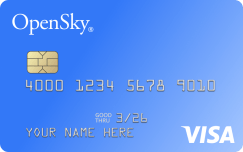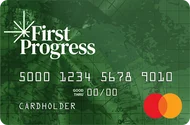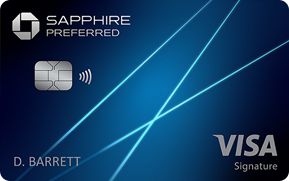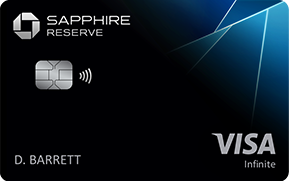
6 Ways To Consolidate Debt
Dealing with debt can be overwhelming, but there are effective strategies to consolidate debt or loans debt consolidation and manage credit scores. Here, we’ll explore six top methods and the credit scores required for each approach
1. Credit Card Balance Transfer:
- Description: Transferring balances to a credit card with a 0% interest offer for a certain period.
- Benefits:
- 0% interest for 12 to 24 months.
- Decreases credit utilization ratio instantly.
- Credit Score Needed: Typically requires a good credit score.
- Considerations: Watch out for balance transfer fees.
2. Debt Consolidation Loan:
- Description: Obtaining a loan to pay off multiple debts, resulting in a single monthly payment.
- Benefits:
- Shifts from compounding interest to simple interest.
- Manageable repayment with fixed installments.
- Credit Score Needed: Generally requires a score of at least 650.
- Considerations: Approval may depend on debt-to-income ratio.
3. Debt Management Plan (DMP):
- Description: Enrollment in a plan through a credit counseling agency to consolidate debts into a single monthly payment.
- Benefits:
- Reduces interest rates on debts.
- Helps maintain timely payments and avoids late fees.
- Credit Score Needed: Approval criteria may vary.
- Considerations: May require closing existing credit cards.
4. Debt Settlement Program:
- Description: Negotiating with creditors to settle debts for less than what is owed.
- Benefits:
- Potential to save money on total debt.
- Promotes financial discipline by discouraging credit use.
- Credit Score Needed: Likely to result in a temporary decrease in credit score.
- Considerations: Late payments and defaults may occur during negotiation.
5. Home Equity Line of Credit (HELOC):
- Description: Utilizing home equity to secure a line of credit for debt consolidation.
- Benefits:
- Lower interest rates compared to credit cards.
- Access to larger amounts of capital.
- Credit Score Needed: Typically requires a good credit score and home equity.
- Considerations: Risk of losing the home if payments are missed.
6. Bankruptcy Chapter 13:
- Description: Filing for Chapter 13 bankruptcy to reorganize debts and establish a repayment plan.
- Benefits:
- Provides a fresh start with affordable monthly payments.
- Discharges debts after successful completion of the plan.
- Credit Score Needed: No specific credit score requirement.
- Considerations: Stays on public record; missed payments can lead to dismissal.
Conclusion:
- Choosing the right debt consolidation method depends on individual circumstances and financial goals. By understanding these strategies and their credit implications, individuals can take proactive steps towards achieving financial stability and improving credit health. If you need assistance with debt consolidation, seek professional guidance and explore options tailored to your needs.
Watch my TikTok Video
@ksmithcredit My top 6 ways to consolidate debt. What questions you have? And, whats your top 6? To learn more, give me a follow! And to stay updated with all things credit, go to the link in my bio today! #credit #debtconsolidation #creditconsolidation #creditcarddebt ♬ original sound – Kenneth – Debt Consolidation

































